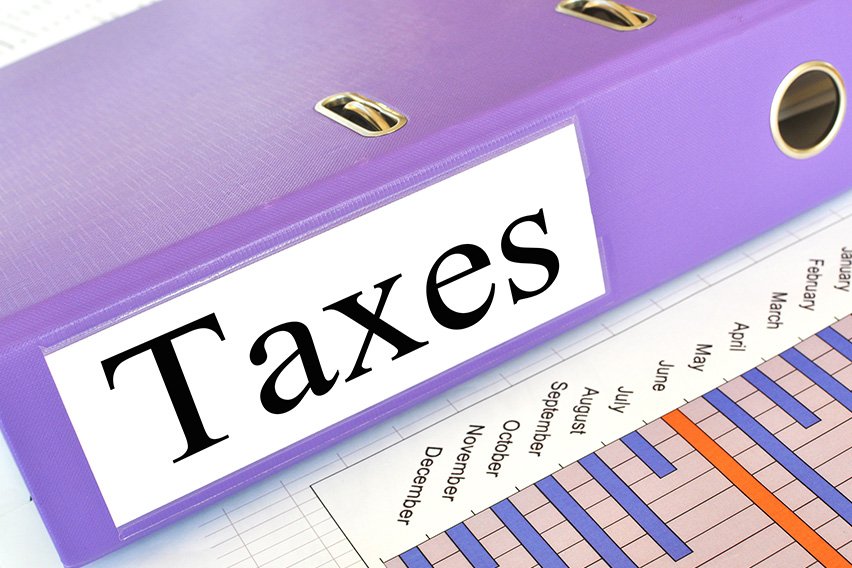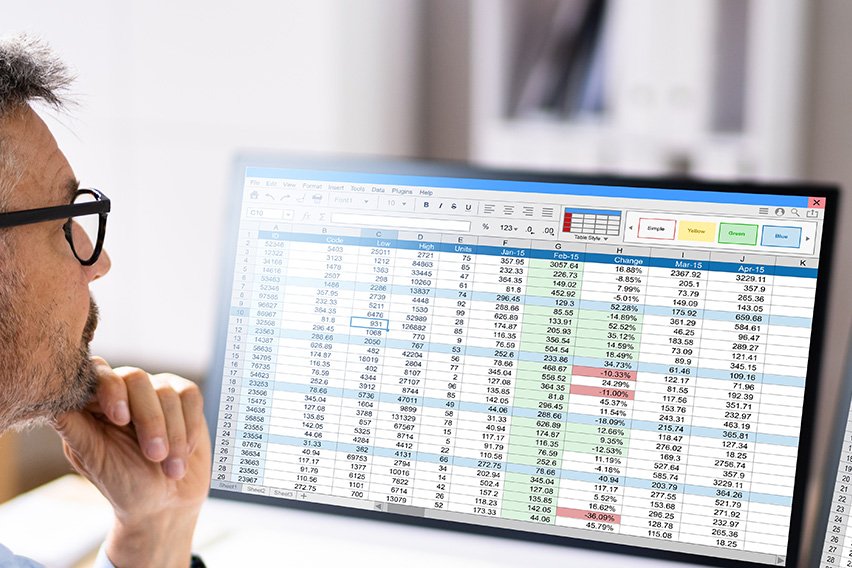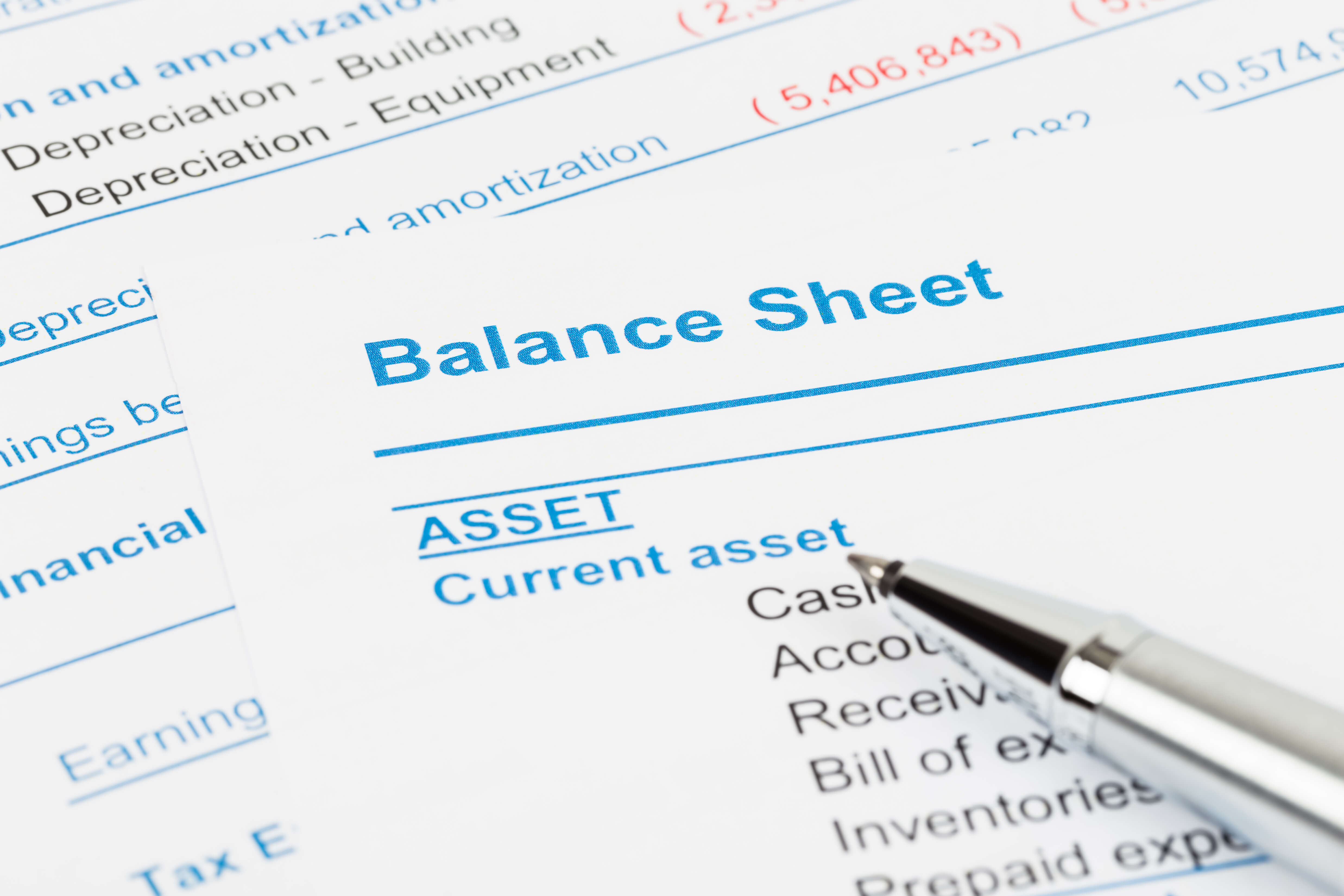Understanding Bank Reconciliation and How It Works

Bank reconciliation is the process of comparing and matching the internal financial records with the bank records. The cash balance in the balance sheet should match the bank statement.
The goal of creating a bank reconciliation statement is to ensure that the cash records of your business are correct, and the bank balance is equal to the balance in your financial records. In addition, the reconciliation process helps in detecting frauds and accounting errors.
What this article covers:
- What Is Bank Reconciliation?
- How Do You Reconcile a Bank Statement?
- Why Do We Need to Reconcile Accounts?
What Is Bank Reconciliation?
Bank reconciliation involves the comparison of business and bank records and identifying any difference between the two. It should be conducted at the end of every month when the bank sends the statement with the beginning cash balance, monthly transactions and end balance.

Discrepancies between the two records may be caused by:
- Deposits in transit: Cash or checks may have been received by the business but not yet recorded by the bank.
- Outstanding checks: Outstanding checks are those that have been issued but not processed.
- Bank service fees: Banks deduct service charges regularly. Since these charges are small, they may go unnoticed and unrecorded.
- Not Sufficient Funds (NSF) checks: When a check is deposited in an account that has insufficient funds, the bank reduces from the customer’s account the check that was previously credited. The check is then returned as an NSF check to the business.
- Interest Income: The bank pays interest on some bank accounts which are not reflected in the financial records.
How Do You Reconcile a Bank Statement?
The nine steps to manually reconcile a bank statement are:
- Compare the opening balances of the cash book and the bank statement for discrepancies. For example, your cash book shows a balance of $1500 as on 31 August 2018 but the bank statement that you receive shows a balance of $1700. There is a discrepancy of $200.
- Compare the debit column of the cash book with the credit side of the bank statement and the credit side of cash book with the debit side of the bank statement. Mark all the items appearing in both these records.
- Analyze the unmarked items in the bank statement and the cash book. Make a list these entries and make the necessary adjustments in the cash book. For example, a payment of $150 dollars made by the client which is recorded in bank statement but not your cash book.
- Correct any mistakes in the cash book with the unmarked items in the bank statement.
- Calculate the revised and corrected balance of the bank column of the cash book.
- Use the updated cash book balance to start a bank reconciliation statement.
- Add the un-presented cheques and deduct un-credited cheques.
- Make the adjustments for bank errors. If the bank column of the cash book starts with a debit balance, add all the amounts credited by the bank and deduct all the amounts erroneously credited by the bank.
The resultant figure in the cash book should be equal to the bank statement balance.

Why Do We Need to Reconcile Accounts?
Bank reconciliations offer several advantages for a business. It allows you to spot errors, detect frauds and reduces the risk of penalties and late fees due to incorrect entries.
- Accurate Accounting Records: Bank reconciliation provides consistency and accuracy in your accounting records.
- Spot Accounting Errors: Accounting errors, such as missed payments or double payments, lost checks, addition and subtraction errors, are common. Bank reconciliation helps you spot these errors and rectify them before compiling financial statements.
- Track Bank Interest and Fee: Every month, banks add fees or penalties and interest payments to your account. Monthly bank reconciliation allows you to track and make changes to the amounts in your books.
- Detect Fraud: You can detect fraudulent transactions by doing monthly bank reconciliations.
Bank account reconciliation is a critical part of maintaining accurate financial reports that will ensure smooth functioning of the business.
RELATED ARTICLES

 Sales Tax Summary Report: All You Need to Know
Sales Tax Summary Report: All You Need to Know What Is Accounts Aging and How Does It Help Your Small Business?
What Is Accounts Aging and How Does It Help Your Small Business? Balance Sheet vs Income Statement: Differences With Examples
Balance Sheet vs Income Statement: Differences With Examples How to Prepare Financial Statements for Small Businesses
How to Prepare Financial Statements for Small Businesses